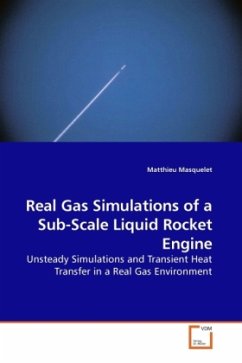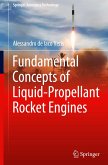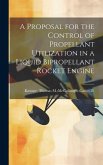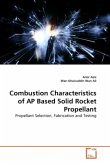The prediction of transient phenomena inside liquid rocket engines has not been feasible until now because of the many challenges posed by the operating conditions. Especially, the departure from ideal gas (because of cryogenic injection) is one of the major hurdle for such simulations. In order to begin addressing these issue, a real-gas model has been implemented in a massively parallel flow solver. This solver is capable of performing Large-Eddy Simulations in geometrical configurations ranging from an axisymmetric slice to a 3D slice up to a full 3D combustor. Results show the importance of the unsteady dynamics of the flow, especially the interaction between the different injectors. The role of the Peng-Robinson equation of state is assessed and the real gas model, despite a limited zone of application, seems to have a strong influence on the overall chamber behavior. This work also reviews in details the state of our knowledge on supercritical combustion in a coaxial injector configuration. We finally propose a comprehensive roadmap towards the completion of this goal and the possible use of CFD as a design tool for a modern liquid rocket engine.








